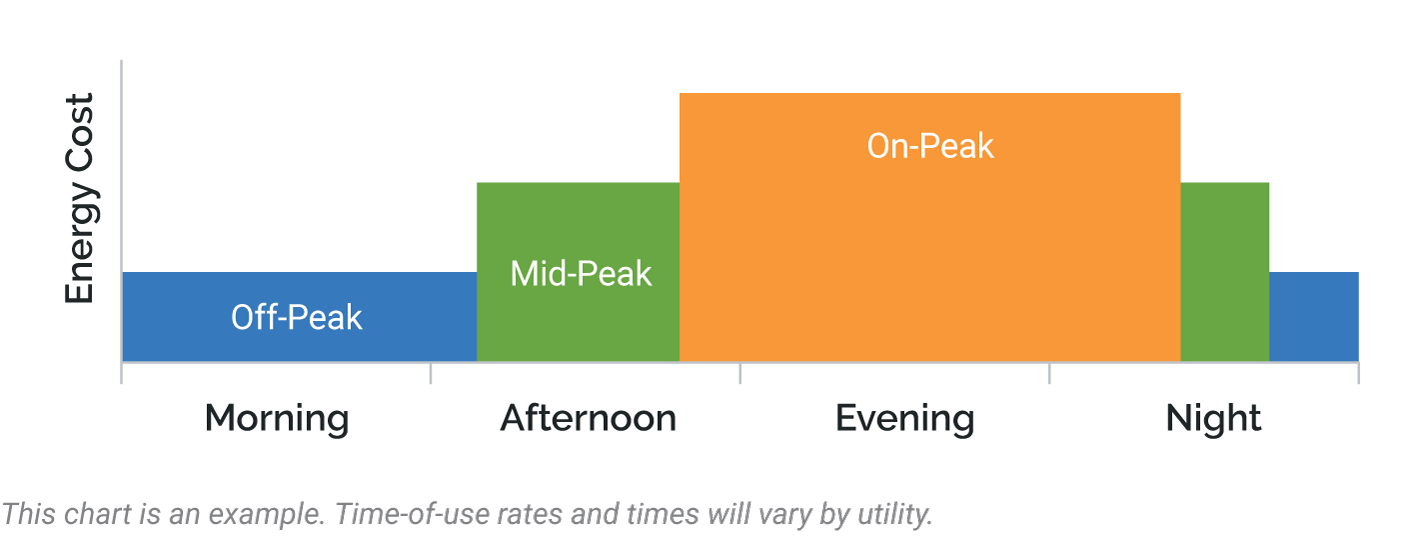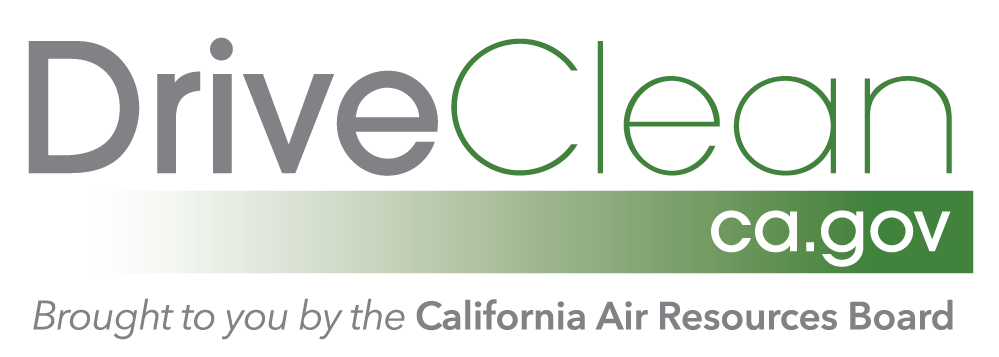Top 5 Reasons to Drive Electric
#1 – Get Money for a Purchase/Lease
That’s right. Buy or lease the car you love and get money back. There are state and local incentives to bring down the cost of buying or leasing an electric car (and sometimes great lease deals!). Here are a few highlights–find them all in the incentives search.
Local Rebates and Incentives
Local air districts and electric utilities often provide rebates for purchase/ lease of electric cars, and incentives for installing home charging stations. Search by ZIP code in the incentives search.
#2 – Save on Fuel Costs
Drive where you want at a fraction of the cost.
Fuel Costs
Electric car charging in California costs roughly half the price of powering a standard gasoline car for driving the same distance. Most drivers charge their electric cars overnight at home and wake up to a full charge. With the growing availability of workplace and public charging stations, you will never be far from a charge. Check for public charging using apps or online maps. Most hydrogen fuel cell cars have a current added bonus of free fuel for three years offered by hydrogen automakers. Learn more about hydrogen fueling.
Utility Rates
Many electric utilities offer special time-of-use rates that vary based on the time of day when energy is used. Off-peak rates offer much lower charging costs, and electric cars can be programmed to charge when you want. Pair these lower rates with the simplicity of electric car charging for great fuel savings. Read driver reviews to find out what current drivers love about their cars.

#3 – Save on Maintenance Costs
Maintenance Costs
Electric motors have far fewer moving parts and never require oil changes, new spark plugs or fuel filters. Regenerative braking also extends the lifespan of brake pads by using the electric motor to decelerate the vehicle. This typically translates to lower overall maintenance costs and increased savings. Our electric car overview goes into depth on the various benefits for the different electric car types.
#4 – Have More Fun with Higher Performance

Simply stated, electric cars are fun to drive–with quick acceleration and enviable performance. Unlike gas-powered cars, electric motors produce peak torque from a standstill, without the buildup gasoline engines require to reach maximum power.
Electric cars also have great handling. With the battery pack positioned in the center of most electric cars, it lowers the vehicle’s center of gravity, providing superior weight distribution and stability, and improved cornering that minimizes rollover risk.
With more than 120 electric models available in many sizes and body styles, from two-door coupes to a seven-passenger minivan, there’s an electric car for everyone.
#5 – Clean Up Planet Earth
With electric cars, you’ll reduce smog pollution around you right now and cut greenhouse gases to protect people and the planet for years to come. Future generations will thank you.

Environmental and Health Benefits
In full electric mode, an electric car produces zero tailpipe emissions, dramatically lowering smog and greenhouse gas emissions even when considering electricity generation.
Cleaner cars mean cleaner air and better health. Some 93% of Californians live in areas that fail to meet federal or state air health-based quality standards, resulting in variety of harmful effects, especially for children and seniors. Further, California and the world are already seeing the impacts of greenhouse gases and climate change.
